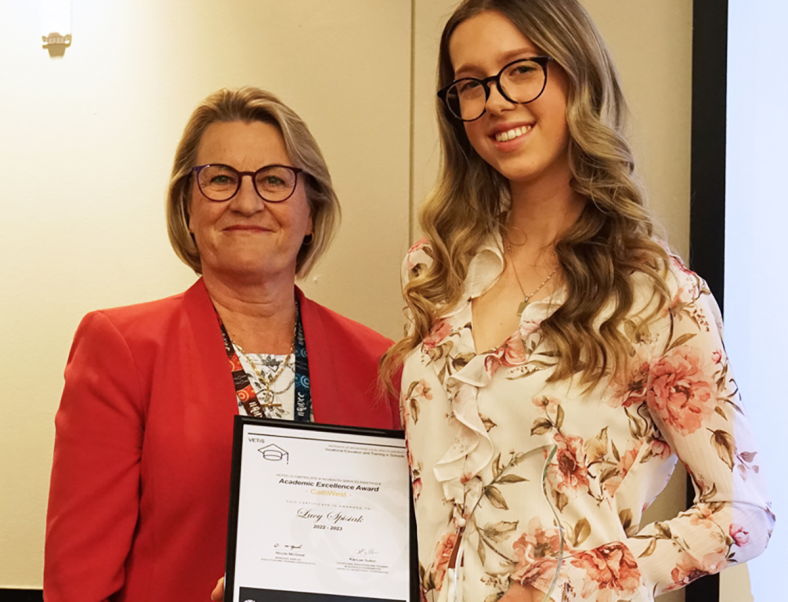Data from the yet to be released 2019 State of The Nation Eye Health Report has validated that the use of Optical Coherence Tomography (OCT) as part of a standard eye test is delivering a breakthrough in glaucoma detection. Glaucoma detection rates have doubled – from 0.68% of Specsavers patients (10,562 referrals) in the period Jul-Dec 2017 to 1.3% of patients (20,516 referrals) in the period Jan-Jun 2019 when OCT had been rolled out to the majority practices.
OCT is an advanced medical grade diagnostic tool that takes a series of 3D scans of the back of the eye including the optic nerve, retina and macula, providing optometrists with enhanced diagnostic data, previously unavailable with standard diagnostic tools such as digital retinal photography.
Detecting glaucoma in a patient is complicated and requires multiple assessments coupled with an optometrist’s professional judgement to accurately determine an individual’s risk.
Key findings, based on a data-set of 8.5 million standard patient journeys, include:
· 300,000 Australians over the age of 40 are estimated to have glaucoma, although as many as 50% are undiagnosed
· In 2019, an estimated 42,000 patients from Specsavers practices will be referred to ophthalmology for glaucoma assessment and management, a 19% increase from 2018, and 64% increase from 2017
- 53% of Specsavers patients being referred to ophthalmology for glaucoma are for first assessment (ie. newly detected glaucoma suspects), validating that we are uncovering the 50% undiagnosed cohort.
- Furthermore, first assessment referrals are highest for those under the age of 49 (72.8% for people under the age of 40 and 68.7% for people 40-49), highlighting that the use of OCT is helping to detect signs of glaucoma earlier in patients.
- 86% of referrals are being confirmed by ophthalmologists as appropriate
With an ageing population, vision impairment is expected to become the most prevalent health condition among older people, and with 90% being preventable or treatable, improved prevention, early detection and co-management of eye diseases is paramount to reducing the incidence of preventable vision loss and blindness in Australia.







